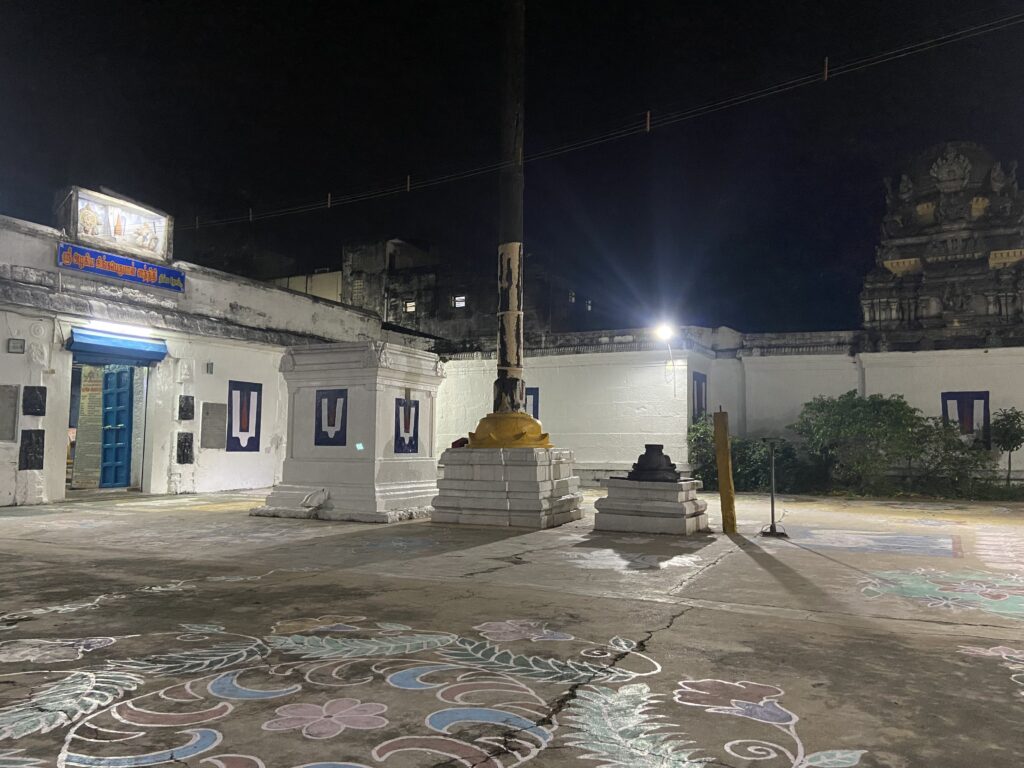Exploring the Royal City
Kanchipuram, Tamilnadu
A land of exquisite silk sarees, majestic temples, and rich cultural heritage
ENG  FRN
FRN
Flights
The nearest airport is Chennai International Airport (Meenambakkam)- 70kms away.
Train Availability
Arakkonam railway station is nearest railway station - 32 kms away
Bus availability
Kanchipuram is 75 kms away from Chennai and is well connected by a good network of roads



























